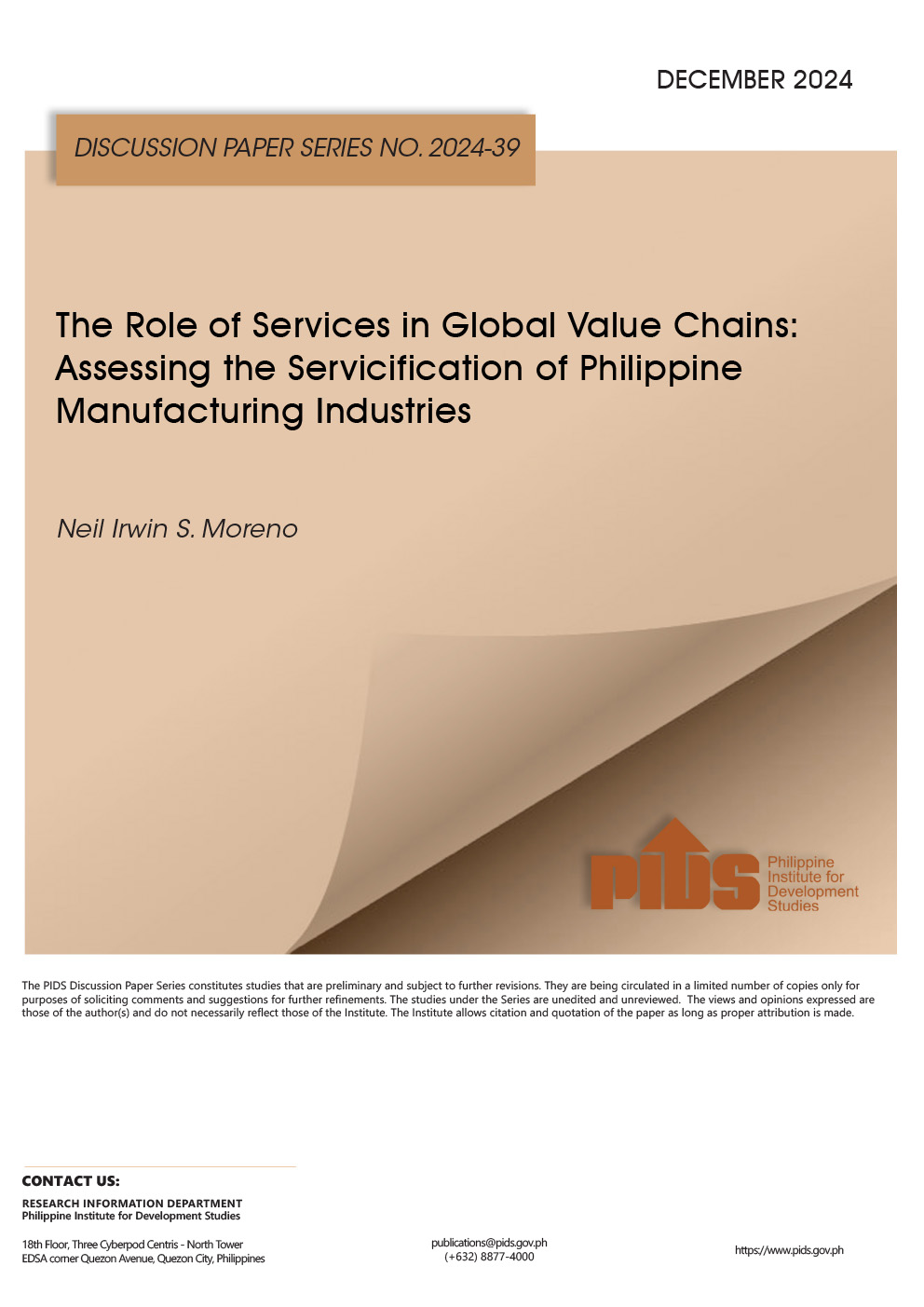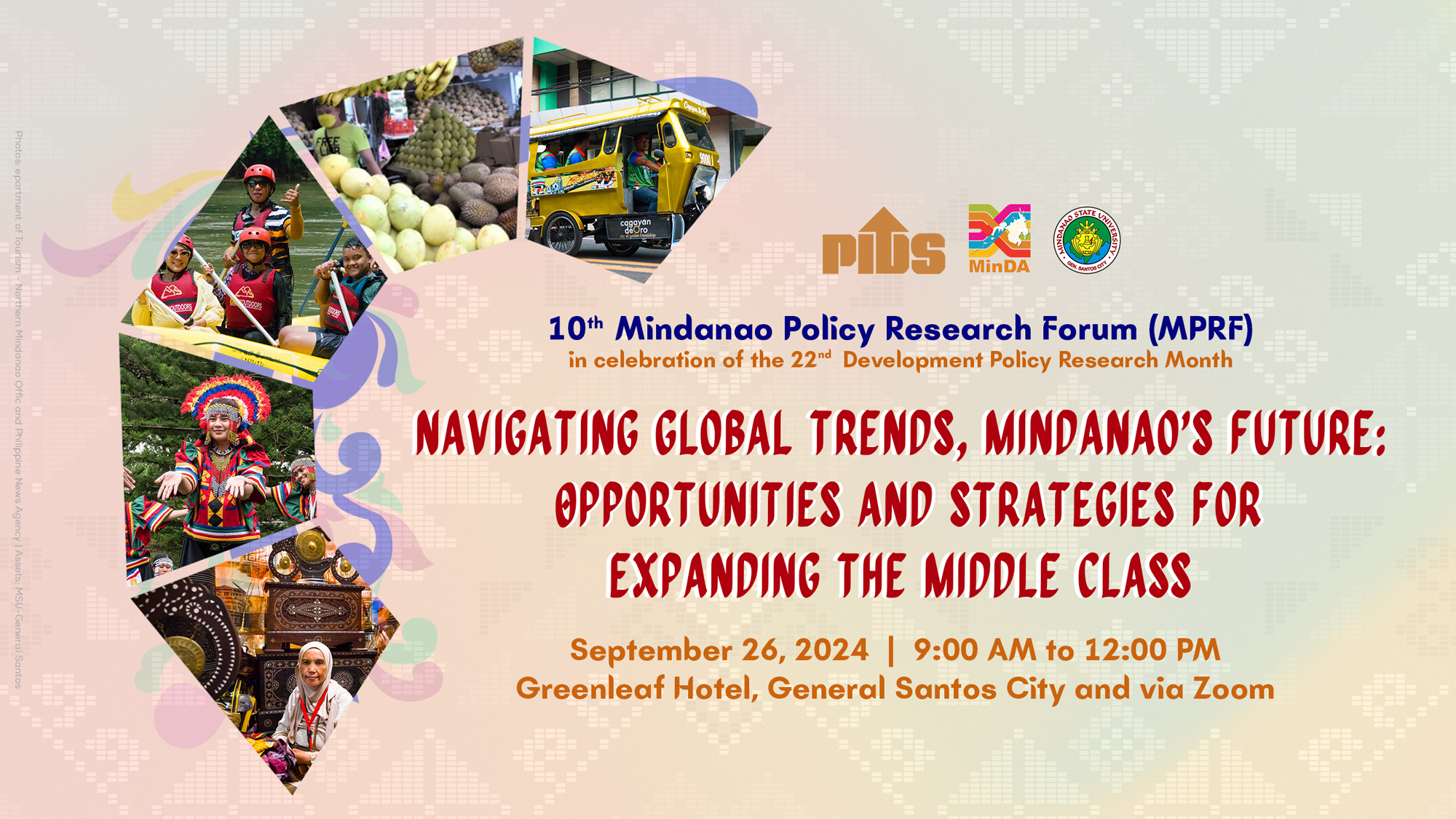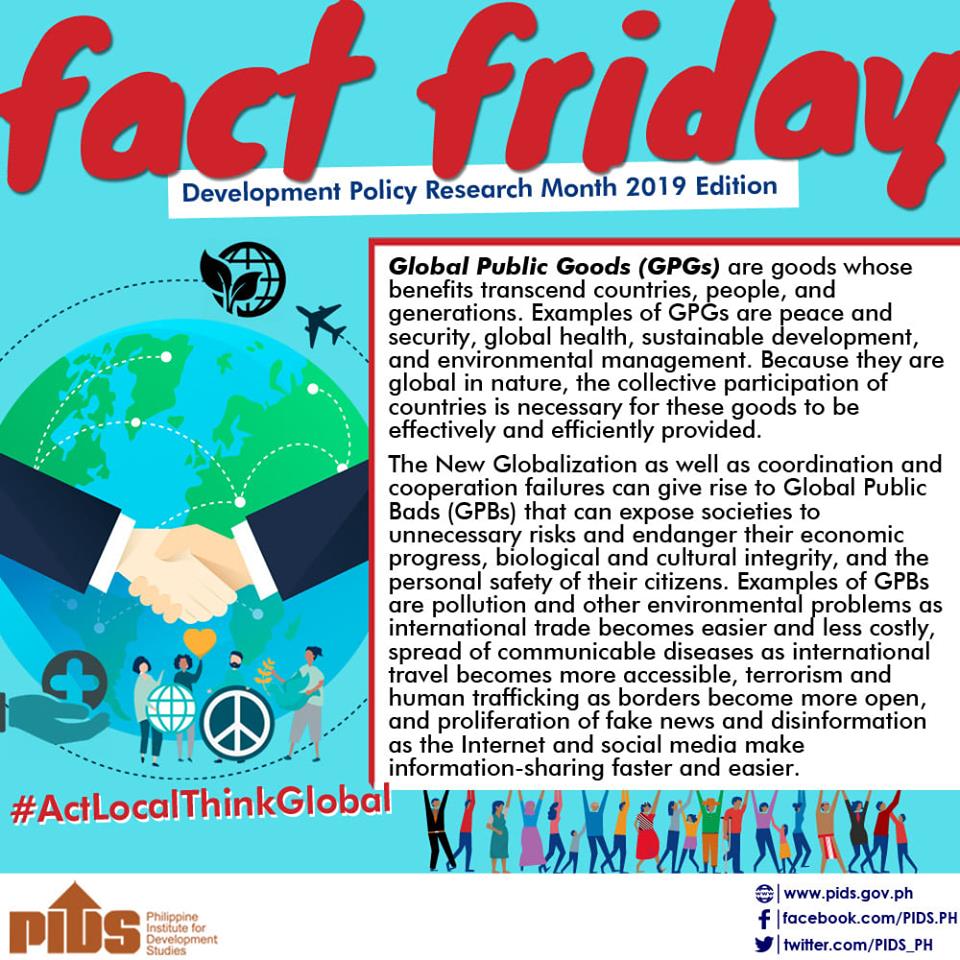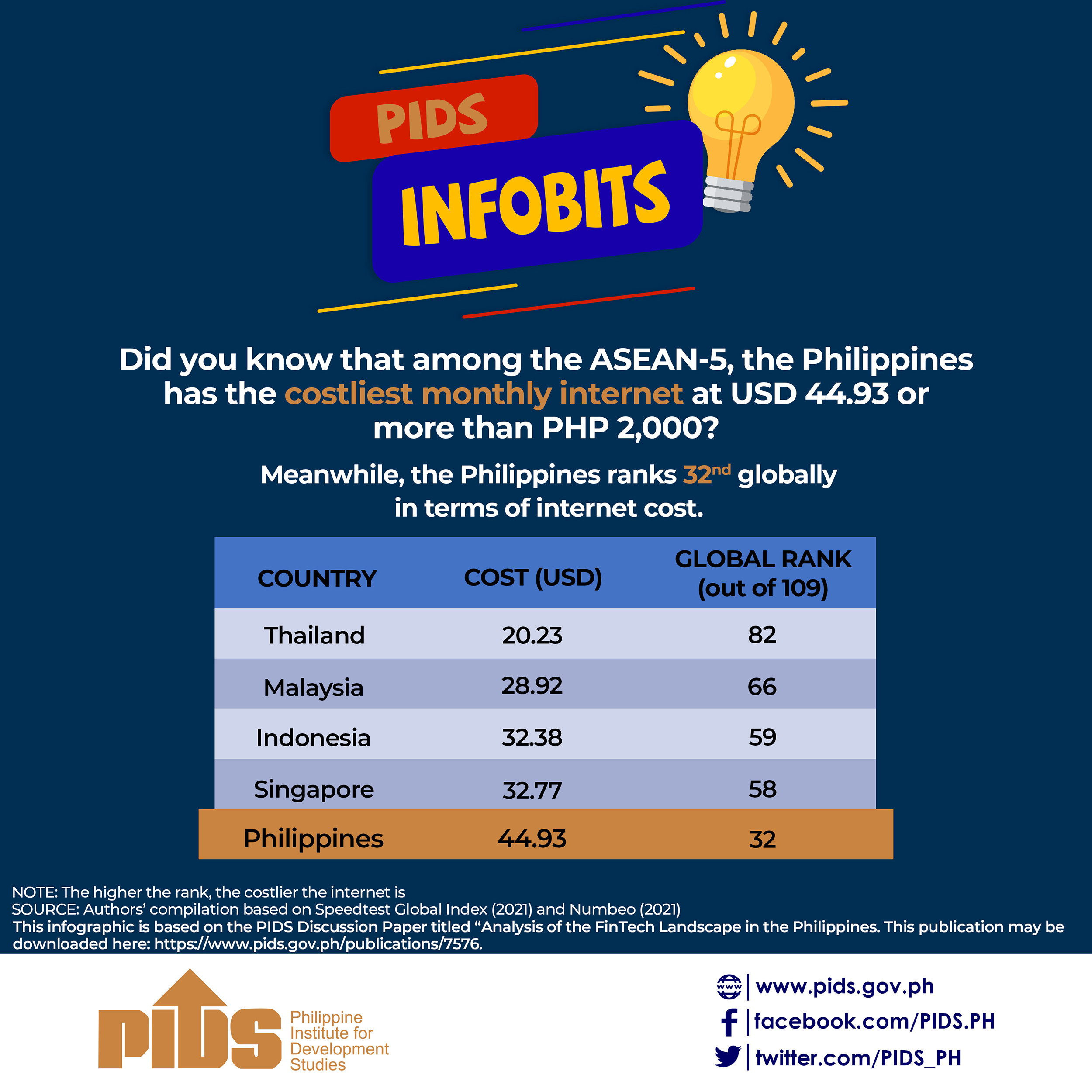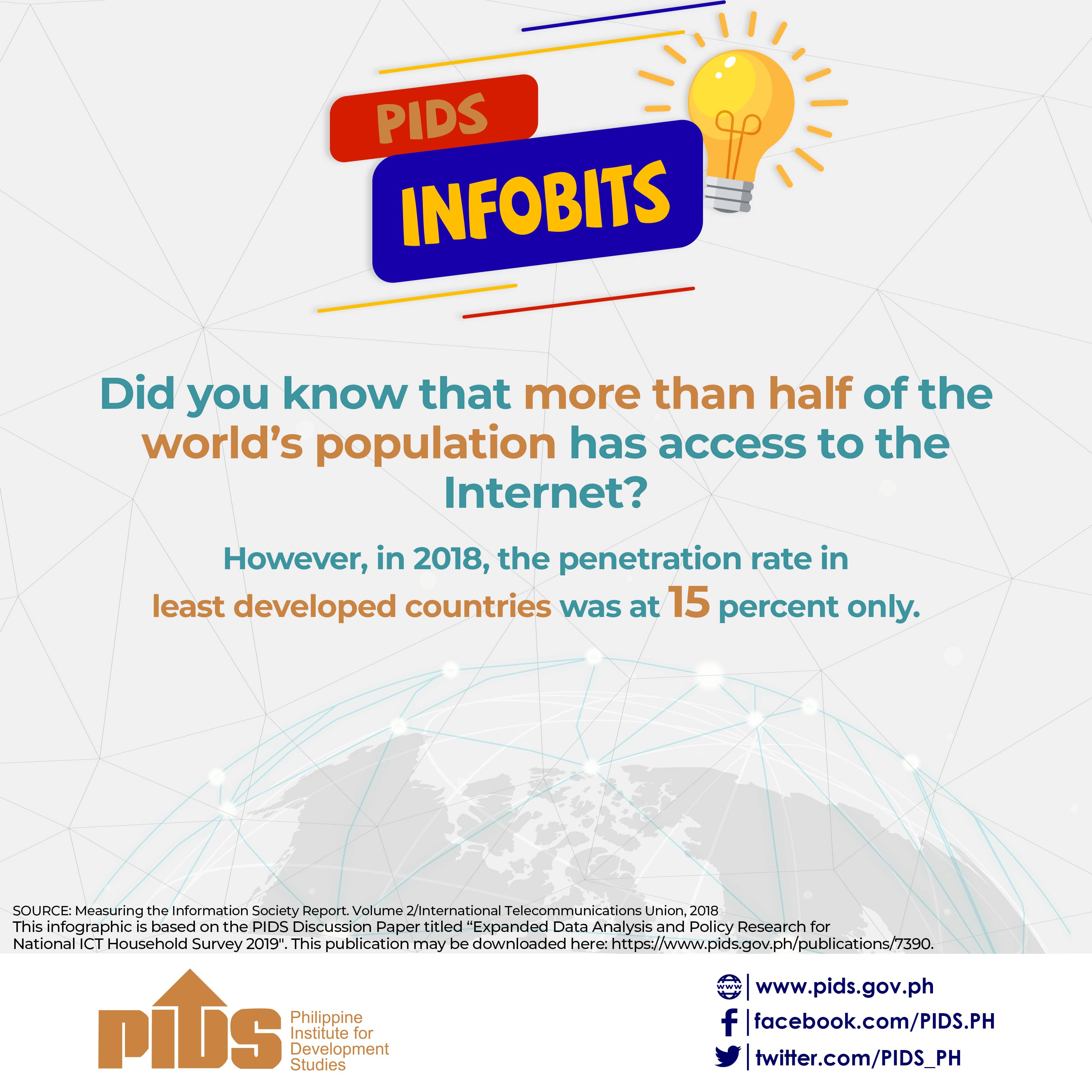THE Philippines, its terri-torial dispute with Beijing notwithstanding, should continue to pursue greater economic cooperation with China to help shield the $285-billion economy from global uncertainties.
In a recent Philippine Institute for Development Studies (PIDS) forum, Difference Group founder and CEO Dan Steinbock said Chinese capital can do a lot to help rebalance growth in the Philippines.
“If you look at the risks, [these include the] China slowdown or deceleration, as we call it; growth deceleration; and Fed [Federal Reserve] policies are the biggest uncertainties. But the Philippines will [experience] more difficulty [from] the Fed policies than China,” Steinbock said.
“I think there should be more cooperation with China, more economic cooperation. I think it’s possible. One reason for it is the outflow of Chinese capital,” he added.
Steinbock said some countries, like Vietnam—which also has territorial disputes with China—are able to
explore greater economic cooperation with Beijing.
This, Steinbock said, shows that it is possible for Manila to forge the same kind of partnership with
Beijing, given that China is one of the Philippines’s major trade partners.
In 2015 data from the Philippine Statistics Authority (PSA) showed that China was the country’s top import source and third top export market. Total imports from China amounted to $10.83 billion, while total exports reached $6.39 billion in 2015. In terms of approved foreign investments by investment promotion agencies, however, Chinese investments declined by 87 percent to $1.46 billion in 2015, from $11.48 billion in 2014.
“Vietnam and other countries have had territorial friction with China and were able to separate negotiations on the economic policies and the territorial issues,” Steinbock said. “Chinese capital is a very important trend and I think that this is underestimated in the Philippines,” he added.
He noted that the forging of economic cooperation between China and Indonesia holds a lot of promise for both countries.
Steinbock said these partnerships complements China’s One Belt, One Road (Obor) initiative. Ultimately, the Obor, he said, can also be good for the region, including the Philippines.
The Obor seeks to revive the “Silk Road” that connected trade between Asia and Europe. The Obor starts in Xi’an, China, and ends in Fuzhou, China. It passes through Istanbul, Turkey; Moscow, Russia; Venice, Italy; Nairobi, Kenya; and Kuala Lumpur, Malaysia.
The Obor is financed by the China-led $40-billion Silk Road Infrastructure Fund, as well as funding from the newly created regional development bank, Asian Infra Investment Bank.
Last year government underspending in the first half of the year, weak export earnings and lackluster performance of the agriculture sector dampened the GDP growth of the Philippines. The economy merely grew by 5.8 percent, the slowest since 2011 when the economy only expanded by 3.7 percent.
Services was the main driver of the economy at 6.7-percent growth, from 5.9 percent the previous year. Industry and Agriculture posted growth rates of 6 percent and 1.6 percent, respectively.
While GDP growth reached 6.3 percent in the fourth quarter of 2015, the rate was not enough for the government to meet its revised 6-percent to 7-percent target for the year.
Fourth quarter GDP was driven by the Services sector, which accelerated to 7.4 percent from 5.6 percent, while Industry decelerated to 6.8 percent from 9.1 percent.
Meanwhile, Agriculture contracted by 0.3 percent compared to the 4.2-percent growth rate posted in the previous year.//
In a recent Philippine Institute for Development Studies (PIDS) forum, Difference Group founder and CEO Dan Steinbock said Chinese capital can do a lot to help rebalance growth in the Philippines.
“If you look at the risks, [these include the] China slowdown or deceleration, as we call it; growth deceleration; and Fed [Federal Reserve] policies are the biggest uncertainties. But the Philippines will [experience] more difficulty [from] the Fed policies than China,” Steinbock said.
“I think there should be more cooperation with China, more economic cooperation. I think it’s possible. One reason for it is the outflow of Chinese capital,” he added.
Steinbock said some countries, like Vietnam—which also has territorial disputes with China—are able to
explore greater economic cooperation with Beijing.
This, Steinbock said, shows that it is possible for Manila to forge the same kind of partnership with
Beijing, given that China is one of the Philippines’s major trade partners.
In 2015 data from the Philippine Statistics Authority (PSA) showed that China was the country’s top import source and third top export market. Total imports from China amounted to $10.83 billion, while total exports reached $6.39 billion in 2015. In terms of approved foreign investments by investment promotion agencies, however, Chinese investments declined by 87 percent to $1.46 billion in 2015, from $11.48 billion in 2014.
“Vietnam and other countries have had territorial friction with China and were able to separate negotiations on the economic policies and the territorial issues,” Steinbock said. “Chinese capital is a very important trend and I think that this is underestimated in the Philippines,” he added.
He noted that the forging of economic cooperation between China and Indonesia holds a lot of promise for both countries.
Steinbock said these partnerships complements China’s One Belt, One Road (Obor) initiative. Ultimately, the Obor, he said, can also be good for the region, including the Philippines.
The Obor seeks to revive the “Silk Road” that connected trade between Asia and Europe. The Obor starts in Xi’an, China, and ends in Fuzhou, China. It passes through Istanbul, Turkey; Moscow, Russia; Venice, Italy; Nairobi, Kenya; and Kuala Lumpur, Malaysia.
The Obor is financed by the China-led $40-billion Silk Road Infrastructure Fund, as well as funding from the newly created regional development bank, Asian Infra Investment Bank.
Last year government underspending in the first half of the year, weak export earnings and lackluster performance of the agriculture sector dampened the GDP growth of the Philippines. The economy merely grew by 5.8 percent, the slowest since 2011 when the economy only expanded by 3.7 percent.
Services was the main driver of the economy at 6.7-percent growth, from 5.9 percent the previous year. Industry and Agriculture posted growth rates of 6 percent and 1.6 percent, respectively.
While GDP growth reached 6.3 percent in the fourth quarter of 2015, the rate was not enough for the government to meet its revised 6-percent to 7-percent target for the year.
Fourth quarter GDP was driven by the Services sector, which accelerated to 7.4 percent from 5.6 percent, while Industry decelerated to 6.8 percent from 9.1 percent.
Meanwhile, Agriculture contracted by 0.3 percent compared to the 4.2-percent growth rate posted in the previous year.//

